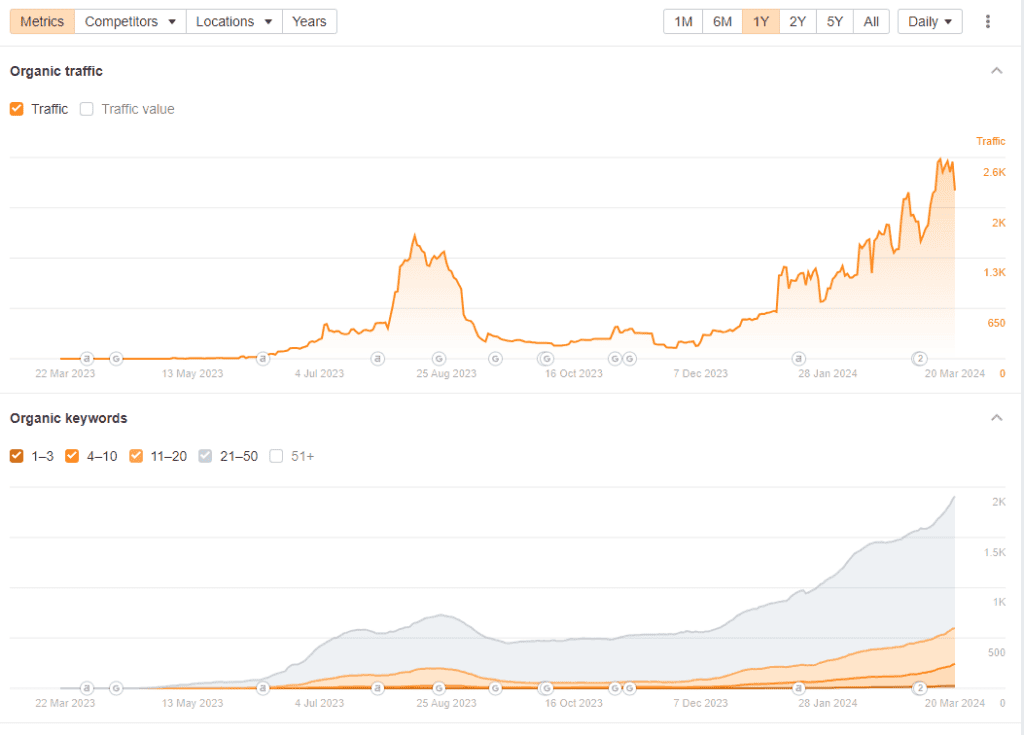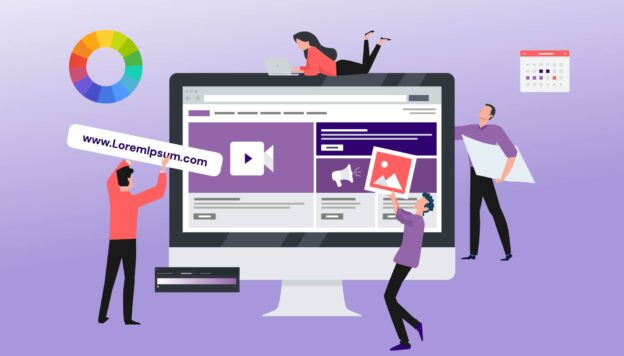Starting a Blog Isn’t Hard When You Know How to Do It Correctly
Have you ever wanted to build a blog but don’t know where to start or how to get it off the ground? Then you’ve come to the right place.
I’ve been starting blogs and authority websites for over a decade. I’m now sharing the exact process that I’ve personally used – time and time again – to do so.
I built a simple, yet comprehensive guide to show you how to start a blog, step-by-step. By the end of the guide, you’ll have a fully-functioning blog that you can take to the next level.
The best part?
You don’t need to do anything to get access. Simply scroll down and read the guides just like you would read a normal blog post.
This is the same exact method that I use on every authority site in my own portfolio. And it’s proven itself to work time and time again:

As you can see, the process works. And it works WELL. I’ll show you the same steps that I used to build the blog in this example.
What You’ll Learn
Making money through your blog may sound easy. We’re bombarded by blogs, links and newsletters stating how this person ‘made a six-figure income’ or how that person ‘lives from the income their blog generates’.
Ultimately, the thing you need to remember, however, is that making money with your blog takes hard work, dedication, and patience.
It won’t happen overnight.
You need to lay the foundation, build your blog’s scaffolding and furnish it before the money comes in. So here’s what you’ll learn by reading this:
- How to choose a blog niche – setting yourself up for success from the start.
- How to set up your website – choosing a domain, installing WordPress, and plugins/themes.
- How to design your own blog – How to configure your theme and make the site look professional.
- How do you go about creating amazing content – defining your audience and providing value?
If you’re like most potential bloggers, you’re probably overwhelmed with just how many factors go into launching a new blog.
When it comes down to it though, starting a successful blog really just comes down to a few steps. As you’ll learn in the course, each step can be as simple or as hard as you want it to be.
I’ll be with you every step of the way, offering you my thoughts, insights, and guidance. I’ll be there to urge you on and show you you can do it. It requires some work, like all good things.
By learning the proper way to built a blog from the start, you’ll save yourself a huge amount of time and avoid plenty of headaches in the future.

![How To Start A Blog In 2024 [Step-By-Step]](https://learn.bloggingtips.com/wp-content/uploads/2024/01/blog_in_a_box_header_1.jpg)
